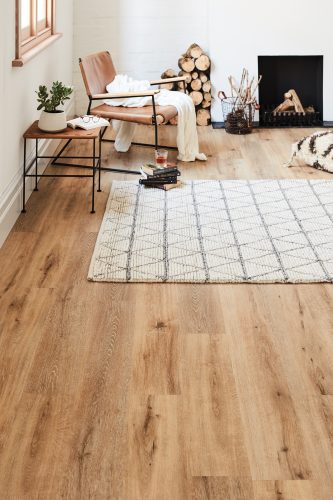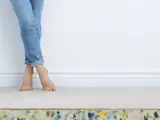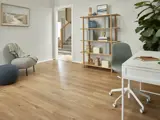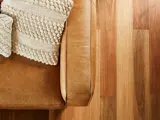The best interiors are the ones where all the pieces in a room work well together while also making an individual impact. Whether it’s rugs, cushions or items in a vignette, layering is how you create depth, texture and a home with heart. Here is our simple guide to layering like a pro.
Getting Started
Layers work best when you can clearly differentiate between them. Some simple ways to create contrast are:
- Colour – choose opposite shades on the colour wheel
- Pattern – Pair a bold design with solid colour
- Materials – Team metals and natural materials
- Texture – Juxtapose hard and soft pieces with smooth and rough ones
- Size – Group big and small items together
To help tie a room together, it’s also important to include a few common elements. For instance, if you’re layering contrasting solid and patterned fabrics, use a similar colour to tie them together.
How to Layer Pillows and Cushions
Instantly update your bed or sofa by layering pillows in different sizes, colours or patterns. To keep things from looking too contrived, stick to odd numbers. You can also have too much of a good thing, so don’t overload the space with too many cushions!
How to Layer Rugs
Whether it’s on carpet or timber flooring, layering with rugs is a clever way of pulling together a room and defining a space. You might even like to double down and layer two rugs. For instance, large rugs that take up almost the whole area of a room look great with a smaller rug on top that helps define a ‘zone’.
The most successful looks play with colour, pattern and size. Contrasting texture is also important. For example, two shagpile rugs on top of each other looks a little confused, but a shagpile on top of a flat weave works beautifully.
How to Layer Objects
There are three things you should always vary when layering decorative pieces to give your home personality – height, shape and texture. Start with big objects like large vases or an artwork and then work back to the smallest ones. Keep to odd numbers of pieces and create balance, not necessarily symmetry.
Recent Posts
Benefits of Hard flooring Underlay
The underlay you choose can make a significant imp...
Benefits of Carpet Underlay
Investing in high-quality carpet underlay can impr...
The Ultimate Guide To Choosing The Right Flooring Underlay For Your Home
In the world of home decor, where plush carpets an...
Proud Mary Stylist | Influencer & expert stylist
Mary Holmes is a name synonymous with style and so...
From Comfort to Style: How the Perfect Floor Can Transform Your Room
Floors are not just surfaces - they are design sta...
Timeless Timber Flooring Trends
Winter is a season of cozy nights, warm beverages ...








